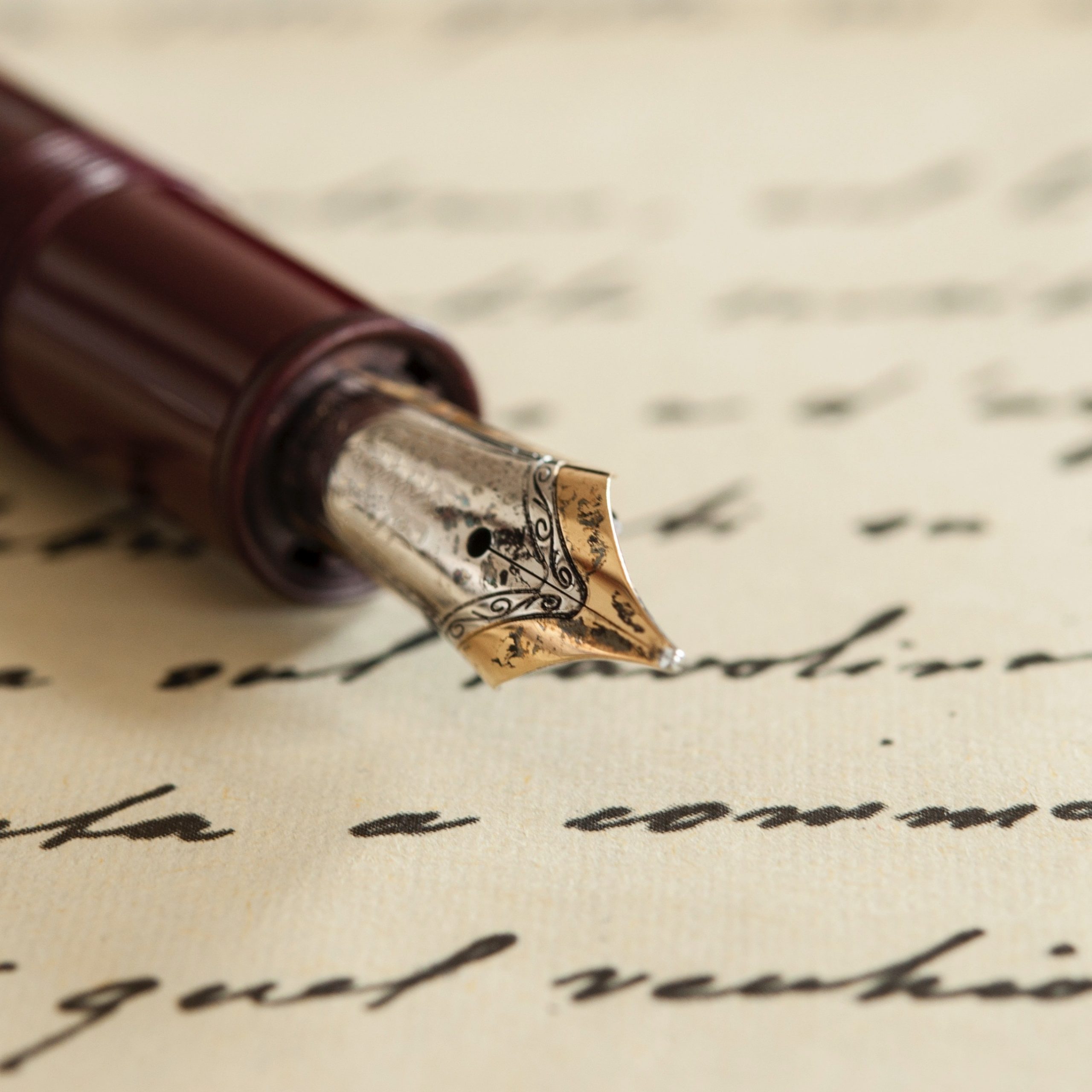What is in a name? Artists and their pseudonyms

Fisayo Amodu discusses pseudonyms and their impact on the art world.
The use of fictitious names, or pseudonyms, has for millenia allowed artists to separate identity from art. From the Renaissance era to Victorian England to our present day and beyond, masterpieces continuously emerge from creators who for various reasons, operate under a pseudonym. History demonstrates that a vast majority of artists working under pseudonyms have been women pushed to assume masculine identities in male dominated spaces that under-appreciate the feminine voice. Despite the Victorian era seeing an influx of female intellectuals demanding to be heard, prejudice remained rife with Poet Robert Southy even writing that “literature cannot be the business of a woman’s life”.
It was during this time that Charlotte, Anne and Emily Brontë would adopt the masculine pseudonyms, Currer, Acton and Ellis Bell respectively, to publish their novels as they knew “authoresses [were] liable to be looked on with prejudice”. It was under this guise that the trio published what are now three of the most significant English novels in history: Emily Brontë’s Wuthering Heights, Charlotte Brontë’s Jane Eyre and Anne Brontë’s The Tenant of Wildfell Hall.
Another monument in literature is George Eliot’s 1872 novel Middlemarch, regarded as one of the greatest English novels ever written. It follows heroine Dorothea Brooke’s quest for freedom in spite of societal disapproval. Eliot was in fact born Mary Ann Evans and much like her protagonist Dorothea she lived an unorthodox life by Victorian standards, cohabiting with a married man. The pseudonym both masculinsed and anonymised her, allowing her work to be enjoyed by a moralistic Victorian readership. Despite her eventual exposure as female, George Eliot remains one of the most influential Victorian novelists in history.
All of these women had in common a mastery for their craft as well as a shared oppression that demanded they discard of their womanhood to actualise their goals. Society has progressed since then, but gender bias remains steadfast. J.K. Rowling, author of the award-winning Harry Potter series which has sold over 500 million copies, said in an interview with CNN that her publishers convinced her to omit her birth name Joanne and assume the pseudonym J.K so as to appeal to a male and female readership. Clearly, gender continues to influence how one’s work is received, even in the 21st century.
History demonstrates that a vast majority of artists working under pseudonyms have been women pushed to assume masculine identities in male dominated spaces
However, pseudonyms need not be born out of prejudice. Dissatisfied with his common birth name, Pablo Ruiz adopted his mother’s maiden name, refashioning it until he settled upon Picasso – now one of the most distinguished and recognisable names in art. It was under this pseudonym that Picasso would co-find the Cubist movement and produce his 1937 magnum opusm Guernica, a moving depiction of the Spanish Civil War and one of the most famous paintings in the world. The name emerged out of a desire to stand out and be exceptional. Picasso certainly achieved this.
Pseudonyms are in and of themselves artistic in that they allow for self-definition, giving the artist control over how their work is perceived. They can however at times be symptomatic of a society that needs to progress, as female artists are capable and cannot continue to go underestimated.
In the same way art transcends time and place so do pseudonyms, and their usage in the future will likely lean towards artistic decision making rather than socio-poltical motivation.


